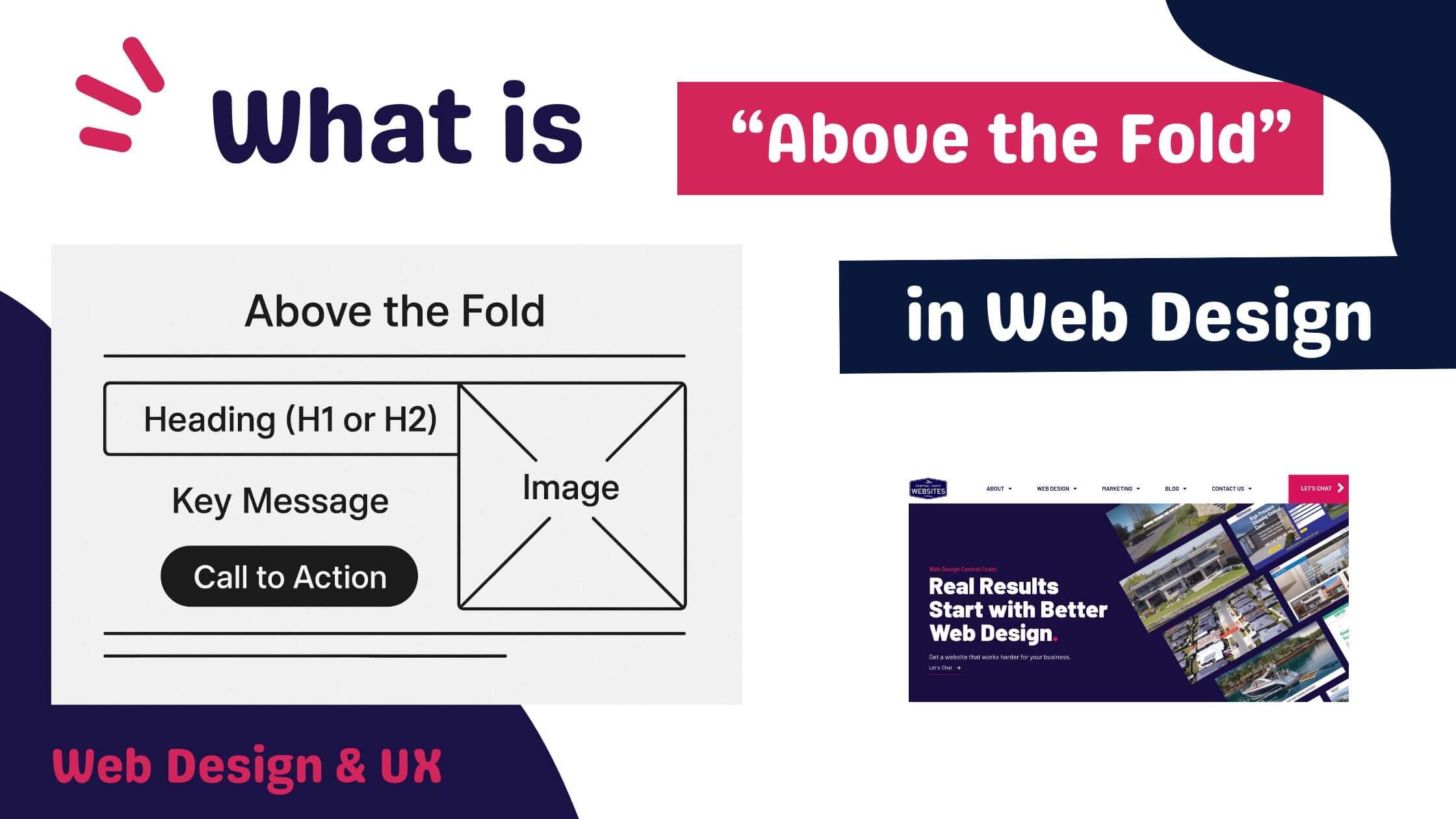Key Takeaways:Why Image Optimisation Matters
Optimising images is one of the most effective ways to improve website speed, SEO, and user experience. Here’s a quick summary of why it’s essential:
- Faster Load Times – Optimised images help your site load quickly, reducing bounce rates.
- Better SEO Rankings – Search engines prioritise fast-loading websites, making image optimisation a ranking factor.
- Improved User Experience – Fast-loading pages keep users engaged and more likely to convert.
- Enhanced Mobile Performance – Optimised images ensure seamless browsing on all devices.
- Lower Bandwidth Usage – Reducing file sizes improves hosting efficiency and saves server resources.
The Importance of Optimising Images for your Website.
Images play a crucial role in web design. They make content more engaging, improve readability, and help communicate ideas visually. However, if not optimised properly, images can slow down your website, negatively affecting user experience and even your search engine rankings.
Website speed is a key ranking factor for Google, and slow-loading pages lead to higher bounce rates—meaning visitors leave before they even interact with your content. A poorly optimised site can feel sluggish, frustrating users and making them less likely to convert.
This is where technical SEO & image optimisation comes in. By reducing file sizes, choosing the right formats, and implementing smart loading techniques, you can drastically improve page speed without sacrificing visual quality. Well-optimised images not only make your site load faster but also enhance the overall user experience, keeping visitors engaged and improving conversions.
In this blog, we’ll break down why image optimisation is essential, the best formats to use, and how to strike the perfect balance between image quality and performance.
What is Image Optimisation?
Image optimisation is the process of reducing file sizes while maintaining visual quality, ensuring that images load quickly without appearing pixelated or blurry. The goal is to strike the perfect balance between image clarity and performance, so your website remains fast, responsive, and visually appealing.
When images aren’t optimised, they consume excessive bandwidth, slowing down your site—especially on mobile devices where internet speeds can vary. Large image files not only frustrate users but also harm your search engine rankings, as Google prioritises websites that load quickly and provide a smooth experience.
By compressing images, selecting the right file formats, and using smart loading techniques, image optimisation helps websites:
- Load faster, improving user experience and reducing bounce rates.
- Rank better in search engines, as site speed is a key SEO factor.
- Use less bandwidth, making browsing more efficient across all devices.
- Enhance mobile performance, ensuring a seamless experience on smaller screens.
Properly optimised images don’t just make your website look good—they make it work better for both users and search engines. In the next section, we’ll explore why this is so important and the real impact it has on your site’s success.
Why is Image Optimisation Important?
Every second counts when it comes to website performance. Studies show that users expect pages to load within three seconds—anything slower, and they’re likely to leave. Large, unoptimised images are one of the biggest culprits behind slow websites, making image optimisation essential for user experience, SEO, and overall site efficiency. There are consequences to poor technical SEO and optimising images should be a priority. Here’s why:
Faster Load Times = Better Engagement
Users don’t have the patience for slow-loading pages. When images are properly optimised, your site loads smoothly and quickly, keeping visitors engaged and encouraging them to stay longer.
Boosts SEO and Search Rankings
Google prioritises websites that provide a fast, seamless experience, and page speed is a known ranking factor. Slow-loading sites struggle to rank well in search results, meaning image-heavy websites without optimisation risk losing valuable traffic.
Reduces Storage and Bandwidth Usage
Unoptimised images take up unnecessary space on your server and increase bandwidth usage. This can lead to higher hosting costs and a sluggish site performance, especially on mobile networks or limited data connections. Optimising images helps keep your site lean and efficient.
Enhances Accessibility and Mobile Performance
With mobile-first indexing, Google evaluates your site based on how it performs on mobile devices. Heavy images slow down mobile experiences, leading to frustration for users on slower connections. Optimised images ensure that your site runs smoothly across all devices, improving accessibility and usability.
When images are optimised correctly, your website becomes faster, more user-friendly, and search-engine ready—all without sacrificing quality. In the next section, we’ll break down the key benefits of properly optimised images and how they contribute to a high-performing website.
The Benefits of Optimising Images Properly.
Optimising images isn’t just about making your website load faster—it directly impacts user experience, SEO, and overall site performance. A well-optimised website doesn’t just look good; it functions efficiently across all devices and networks. Here’s how properly optimised images can make a difference:
Improved Page Speed
Large image files are one of the biggest causes of slow websites. By reducing file sizes without sacrificing quality, optimised images ensure faster page loads, making your site feel smooth and responsive.
Better SEO Rankings
Google’s Core Web Vitals considers page speed, interactivity, and visual stability as ranking factors. If your site loads slowly due to unoptimised images, it can harm your rankings. Proper image optimisation helps meet Google’s performance benchmarks and improves your chances of ranking higher in search results.
Enhanced Mobile Performance
More than half of all web traffic comes from mobile devices, and slow-loading images create a frustrating user experience on smaller screens. Compressed and optimised images load quickly, ensuring seamless browsing on mobile networks.
Improved User Experience & Conversions
Nobody likes waiting for images to load. When your site responds quickly, visitors stay engaged longer, interact more, and are more likely to convert—whether that means making a purchase, filling out a form, or clicking a call-to-action.
Reduced Bandwidth & Storage Usage
Unnecessarily large image files drain server resources, increasing hosting costs and slowing performance, especially on shared hosting plans. Proper optimisation lowers bandwidth consumption and makes your site run more efficiently.
The Power of Image Optimisation & What Comes Next.
Optimising images is one of the simplest yet most impactful ways to improve website performance, SEO, and user experience. By reducing file sizes, selecting the right file formats, and using the best compression methods, you can create a website that loads quickly, ranks well, and keeps visitors engaged.
From faster load times to better mobile performance and reduced bandwidth usage, the benefits of proper image optimisation are undeniable. Ensuring that every image on your site is optimised helps create a seamless experience for your users while also keeping search engines happy.
But choosing the right file format and compression type is just the beginning. There are several advanced optimisation techniques that can take your website’s performance to the next level, such as lazy loading, responsive image loading, and automatic optimisation through CMS tools.
In the next blog, we’ll dive into the practical techniques for optimising images effectively, including manual compression, automation tools, and responsive image handling. If you want to ensure your website is as fast and efficient as possible, these strategies are essential.
Continue reading: The Technical Side of Image Optimisation →




